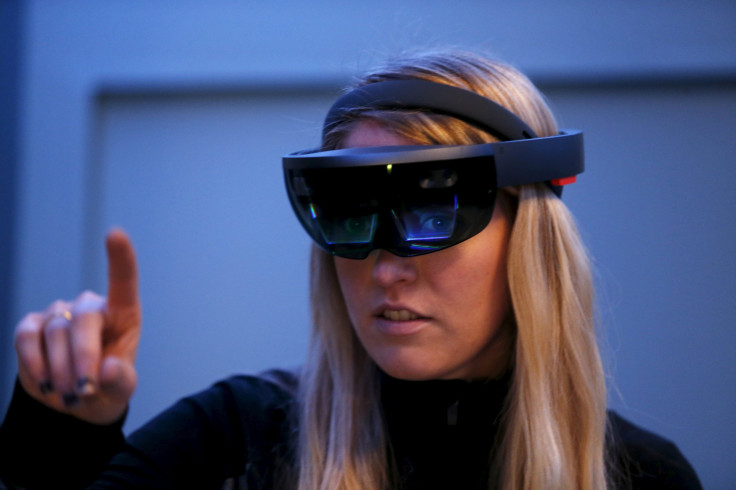How Is The Military Using VR? Technology Used For Training, Remote Guidance And Assistance, And More

While virtual reality (VR) technology currently caters majorly to gamers, it is being actively used on the non-consumer side for more evolved usage – in military technology. VR is being adopted by militaries globally including all the three branches — Army, Air Force and Navy.
It is particularly useful in soldier training since simulated environments can recreate real-world situations without putting the soldier at risk or incur the high cost of real life battlefield model. Military uses of VR include flight simulation for training fighter pilots and battlefield simulation for training on-ground soldiers. It is also being used for training Army medical professionals for responding to battlefield medical situations.
Read: HoloLens In Military? Microsoft AR Technology Might Be Used By Ukranian Army
Such training is mostly conducted using head mounted displays with an inbuilt tracking system and a control center comprised of a docked smartphone or an independent display which enables users to interact in a virtual environment.
VR for military offers advantages in terms of time and cost — it is expected to bring costs of military training down significantly since an element of danger can be easily introduced in VR without causing harm to the soldier or prohibitive setups. It also cuts down on setup time for the training, which could be beneficial in battleground situations.
But the uses of VR are not just limited to training, there are other military uses too. According to the African website Defense Web, the technology is being used to train military professionals in maintaining sophisticated military equipment across land, sea, and air. The U.S. Army is currently using a system called the Dismounted Soldier Training System for readying its personnel for deployment.
VR also comes in handy for remote guidance for military engineers — they can be provided guidance at handling and repairing defense equipment through virtual reality simulations, which might be a better solution than coordinating over phones or webcam, which might not work well for complex equipment. According to VR firm XMreality, such remote guidance will let junior engineers in the field contact experts at the base and let them see an asset in real-time. In this scenario, they will be able to guide the engineer through augmented hands and tools without having to leave the base.
Another use of the technology can be witnessed during army recruitment. The University of California at Los Angeles has created a video in partnership with the Department of Military Science called ‘Leaders made here.’
The video gives aspiring candidates a chance to live life as an Army cadet for one day.
Read: VR Will Provide Users Physical Sensation Using Muscle Shocking Tech
“If potential students enjoy the experience of being an Army cadet in VR, we challenge them to apply for and experience the real thing. Virtual reality is fantastic and all as a starting point, but reality-reality itself can’t be beat.” Lt. Col. Shannon Stambersky, UCLA professor of military science said about the project.
VR is also being used to treat combat stress and post-traumatic stress disorder in soldiers by helping the soldier suffering from the psychological ailment develop coping strategies for being placed in new situations.
© Copyright IBTimes 2024. All rights reserved.





















